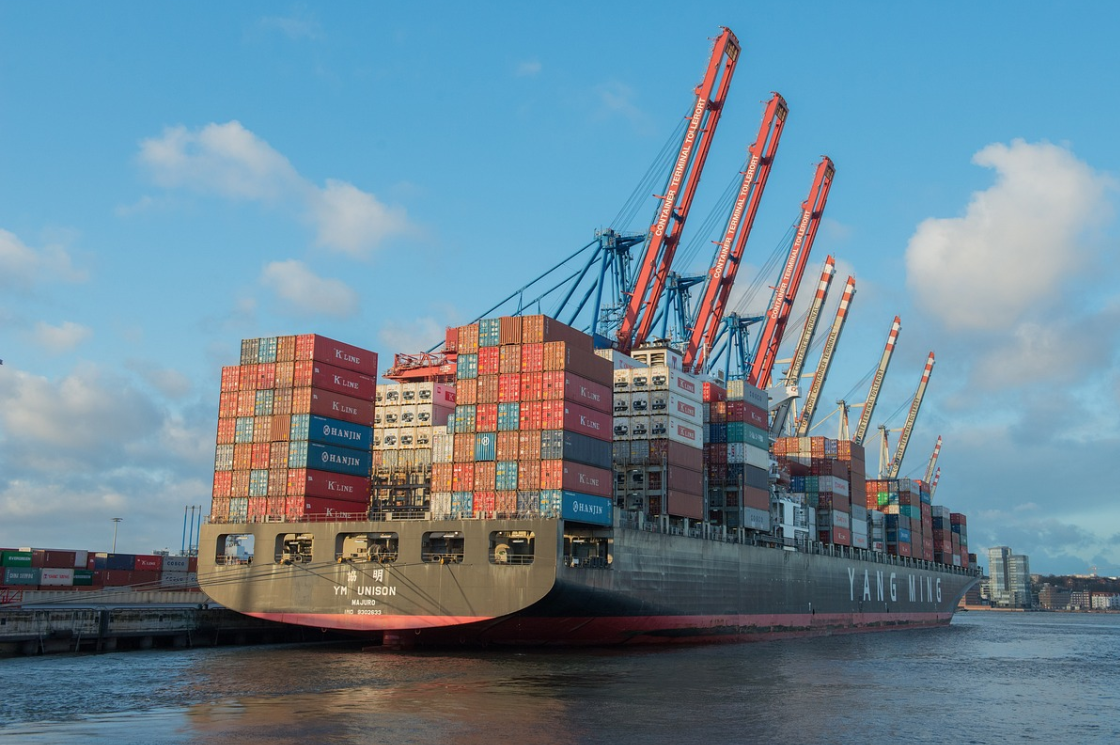
(Photo : Pixaby)
India's merchandise trade deficit with China has grown by 13% during the first seven months of the current fiscal year, despite measures taken by the government to reduce dependence on the Asian manufacturing powerhouse and restrictions imposed on the import of certain products from the country. This growing imbalance, which continues to swell despite efforts to curtail it, highlights the complexities of India's economic relationship with its largest trading partner. While India has made continuous efforts to reduce its reliance on Chinese goods, the widening trade deficit tells a different story.
Overview of India-China Trade
Although the meeting between Prime Minister Narendra Modi and Chinese President Xi Jinping at the BRICS summit in Russia in October may have indicated an easing of border tensions, India has remained cautious in its bilateral trade with China, implementing a series of anti-dumping duties on imports from its northern neighbour this year. The country has also pledged to maintain strict scrutiny over foreign direct investment (FDI) from China, a position adopted to safeguard national interests after the border clash at Ladakh's Galwan Valley in 2020. However, with China surpassing the US as India's largest trading partner in the first half of this fiscal year, experts believe the Modi government faces a challenging task ahead.
India's trade deficit with China has been a persistent issue, growing steadily over the years. In the April-October period, the trade deficit with China widened to $57.83 billion from $51.12 billion a year ago, according to data from the commerce and industry ministry. In October, the trade deficit stood at $8.46 billion, up from $8.27 billion a year ago.
What's Driving the Surge in Imports?
China was the largest source of India's imports in the April-October period, followed by Russia and the UAE. Notably, the value of Chinese imports to India was nearly twice that of Russia and approximately 2.5 times greater than imports from the UAE during the same period.
One of the main reasons for the surge in Chinese imports is the growing demand from the Indian industry amid robust economic growth. Additionally, countries led by the US are imposing higher tariffs on China; it needs alternative markets like India.
"In some sectors where we want to grow fast, the domestic industry is unable to supply the necessary products within a reasonable time frame," says Ajay Sahai, director general and CEO of the Federation of Indian Export Organisations (FIEO). "If demand is not met [domestically], then what is the other option?" Telecom, electronics and machinery dominate the imports from China, he adds, making up around 50 per cent of the total imports of these products.
If we look at the production of mobile phones, India is a net exporter of phones, it does not significantly manufacture the parts and components required for them. These are largely sourced from China. However, with the extension of the Union government's production-linked incentive (PLI) scheme to cover parts and components, domestic production is anticipated to increase over the next three to five years, which will help decrease reliance on Chinese imports.
Similarly, India's EV and transformer industries depend heavily on Chinese imports, including lithium-ion cells and cold rolled grain oriented or CRGO steel, essential for manufacturing transformer windings. "This over-reliance is unsustainable as India's annual trade deficit with China, already at $80 billion, is projected to double within five years. To mitigate this growing vulnerability, India must prioritize investments in R&D and deep manufacturing, fostering a self-reliant industrial base to reduce dependence on Chinese imports and secure its economic future," said Ajay Srivastava, former trade service official and the founder of economic think tank Global Trade Research Initiative (GTRI).
Future Outlook
India's trade deficit with China is unlikely to resolve quickly without substantial structural changes in India's economy. Addressing the trade imbalance will require a multifaceted approach that includes strengthening domestic production, diversifying supply chains, and strategically navigating the complex geopolitical landscape. By tackling these issues head-on, India can reduce its trade deficit with China and move closer to its long-term economic and national security goals.
* This is a contributed article and this content does not necessarily represent the views of btin.co.in









